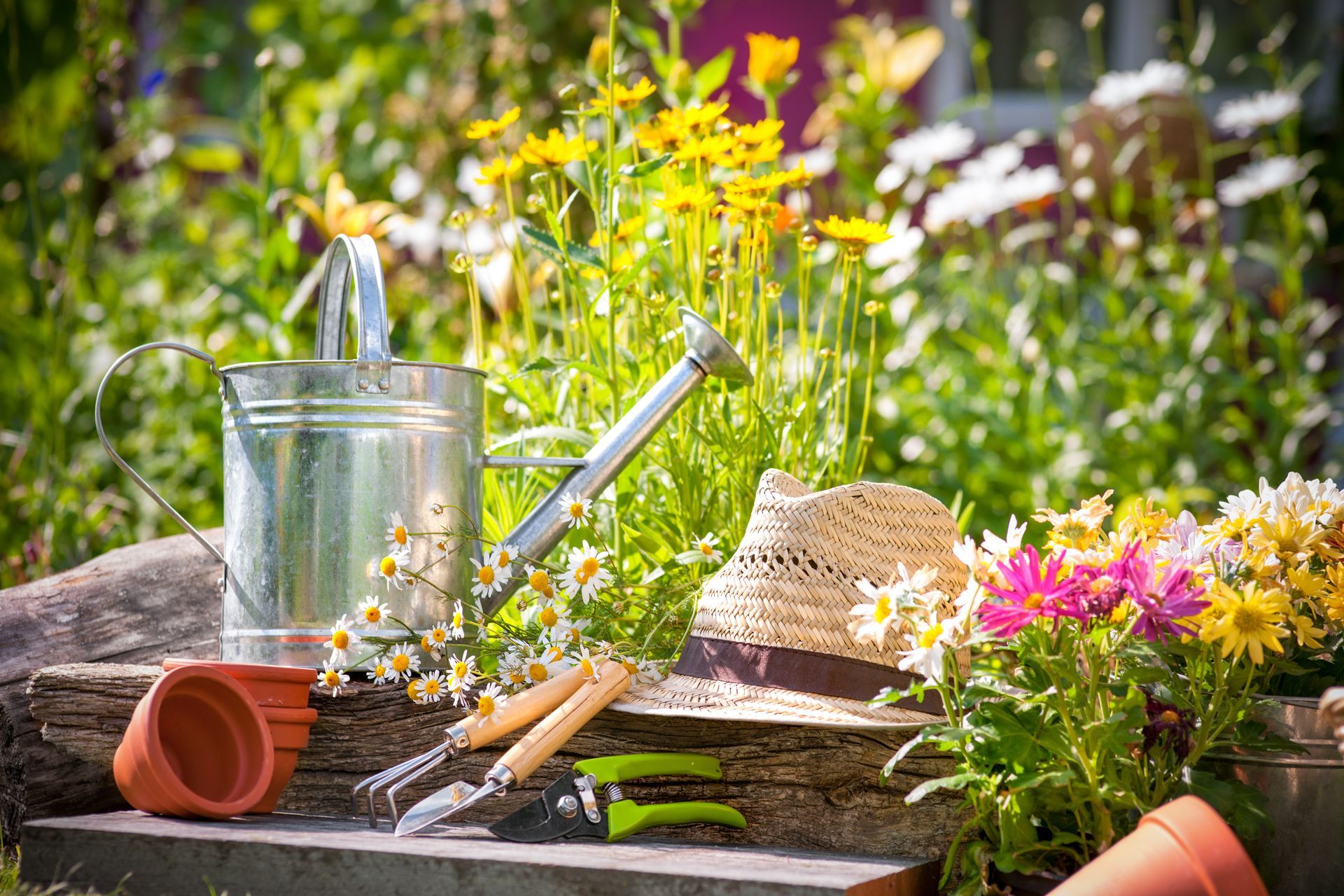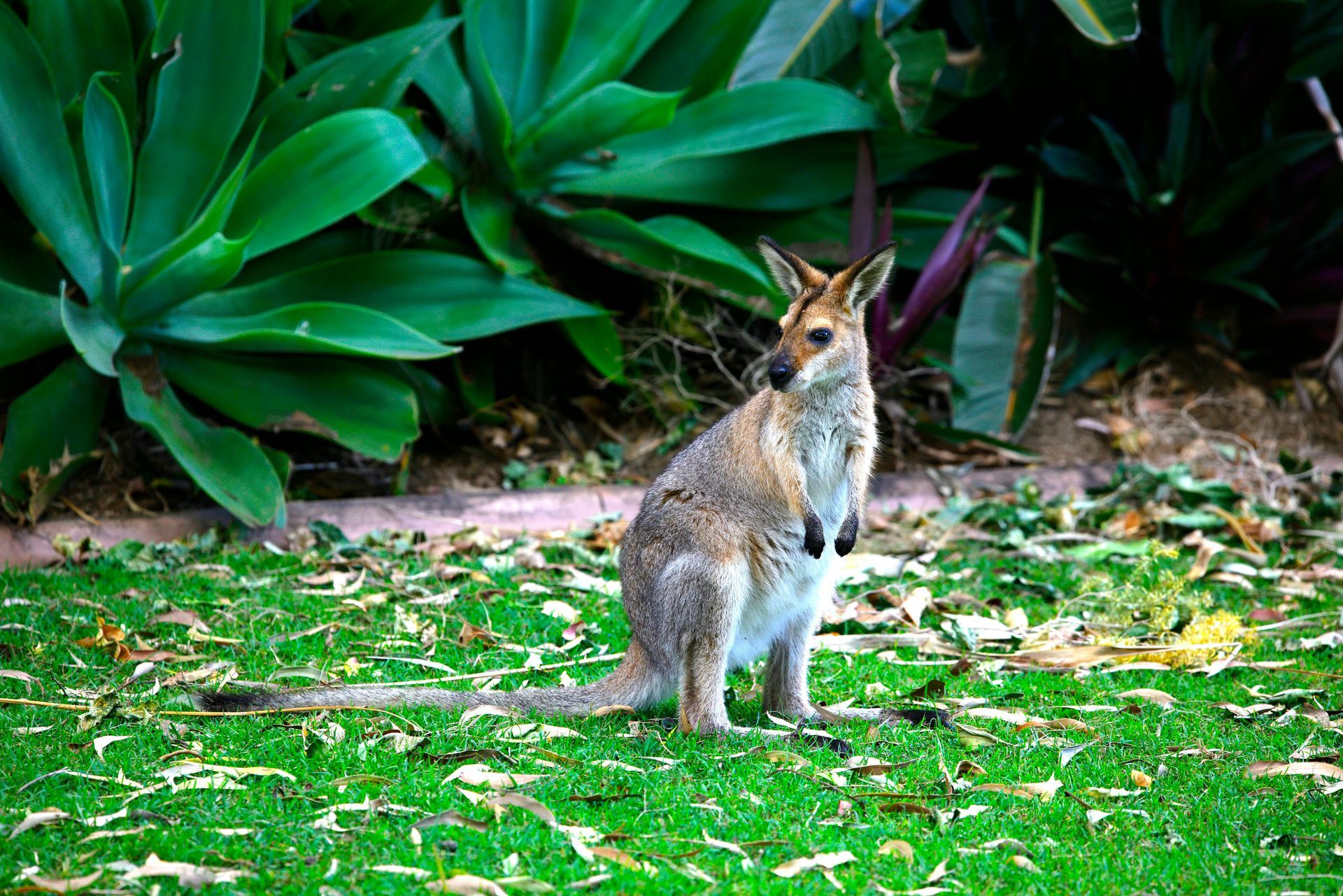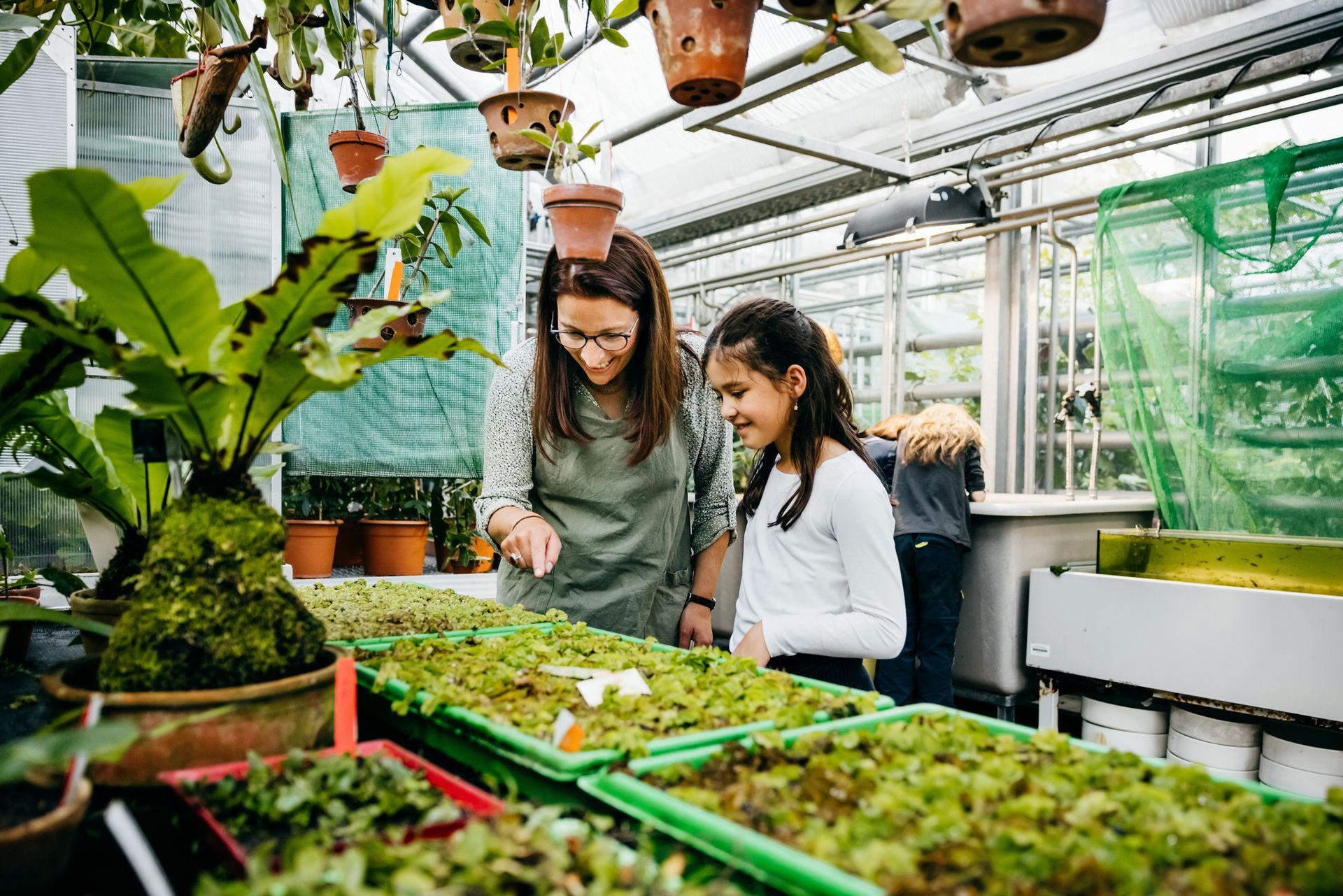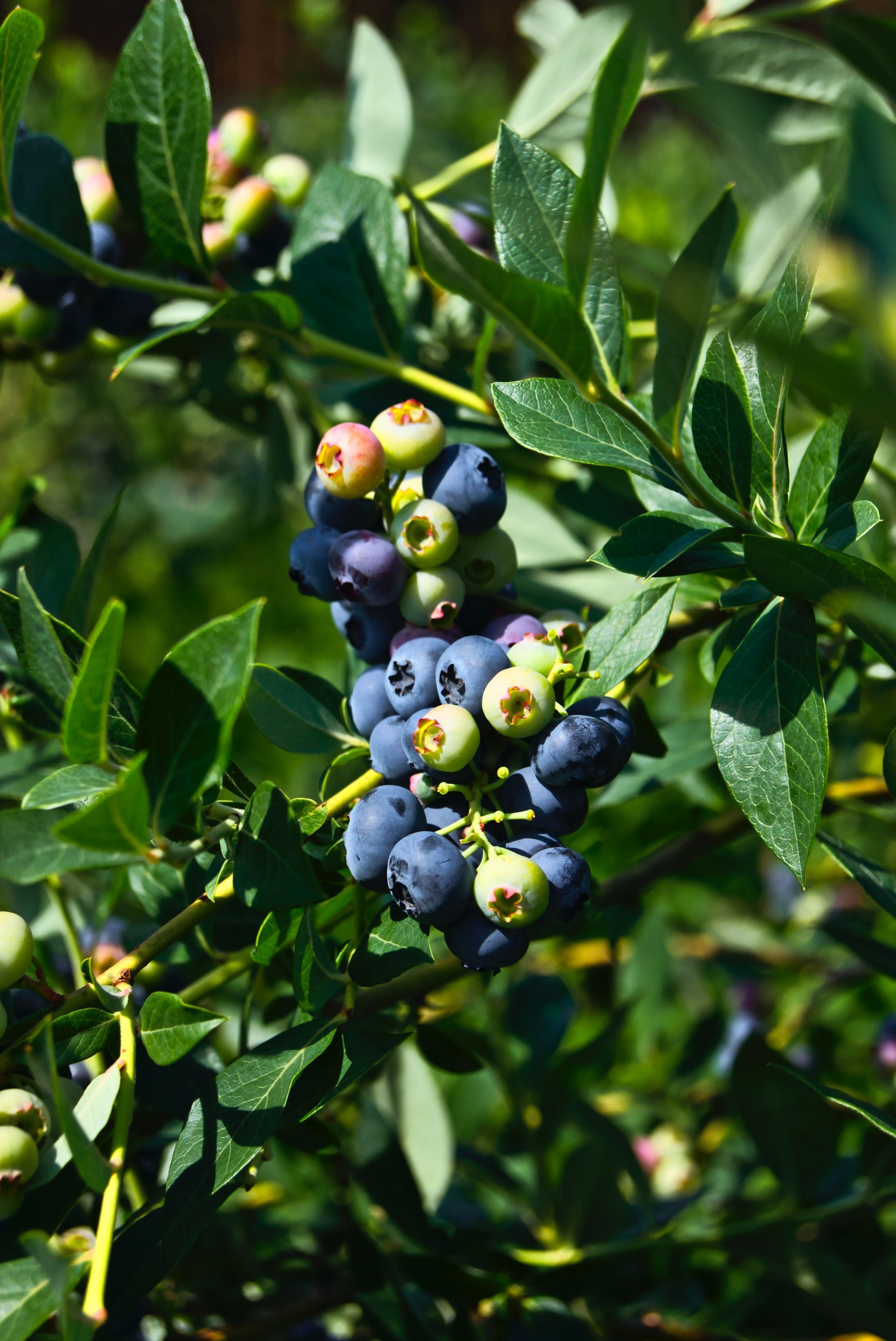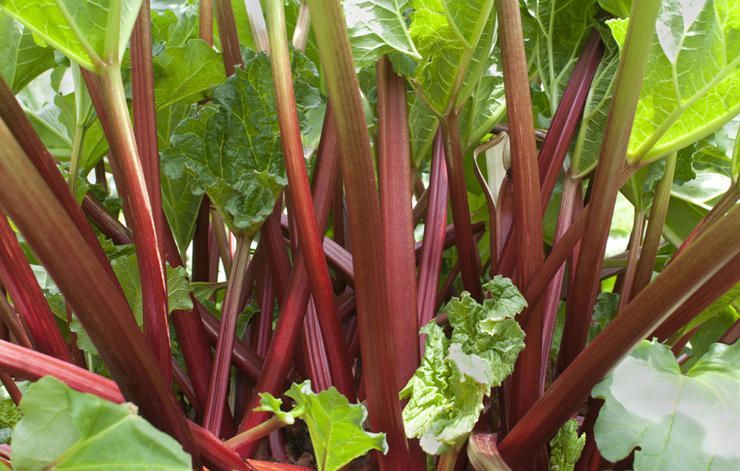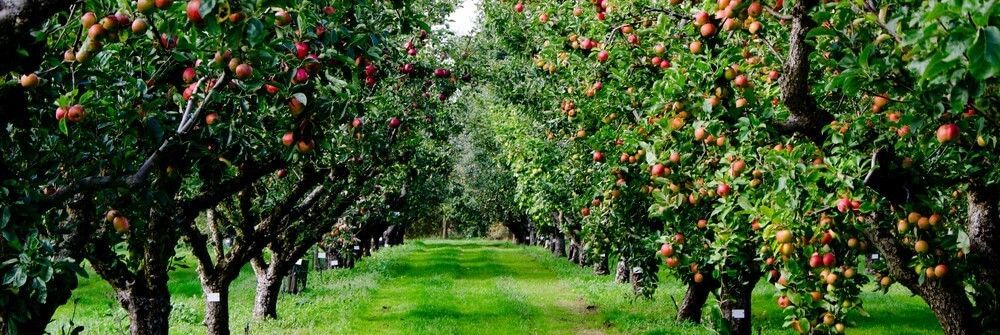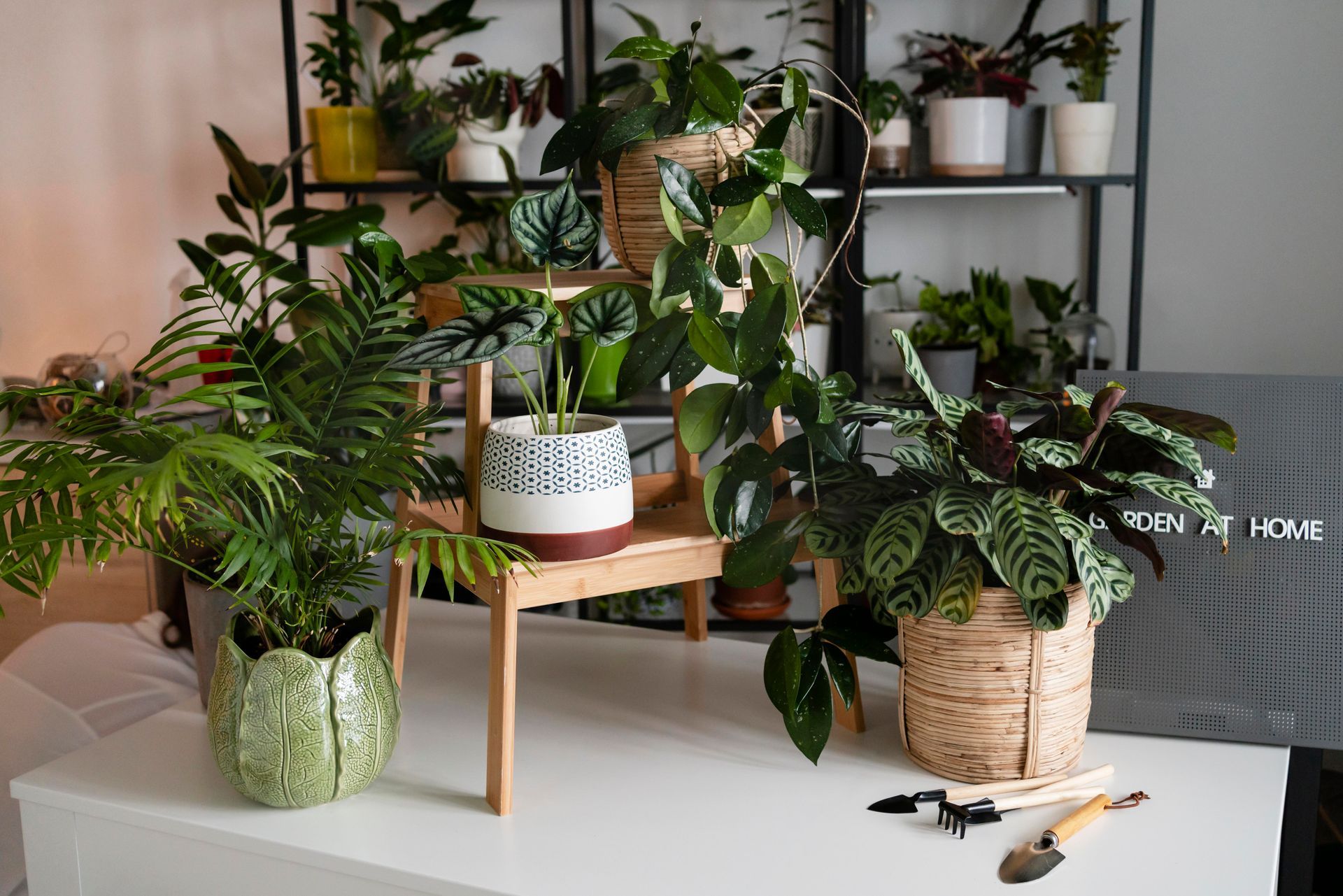Growing Great Tomatoes
It’s Tomato Time!
Nothing says spring like planting tomatoes! Tomatoes love the warmth and grow best in Tasmania from mid-spring into summer. By waiting for warmer weather, your plants get off to a fast start and are less likely to run into disease problems once the conditions are right.
Tomatoes grow and fruit quickly once they’re established. Seedling punnets are perfect for mass planting, while single pots let you mix and match different varieties.
Tassie weather can be challenging at the best of times, and there are a few key things to consider when growing tomato plants here. In line with local tradition, many gardeners wait until after Show Day to plant their tomatoes.
Location: Choose a warm, sunny spot with great air circulation and some protection from the wind.
Preparation: Add plenty of manure and compost to your soil or use a premium potting mix if growing in containers
Selection: Choose a couple of different varieties to give you fruit early, mid and late season. Select sturdy compact plants.

Planting in Pots & Containers:
- Remove the lower leaves from your seedling and plant it deep into the soil.
- Place a stake or small cage in at planting if needed.
- Water in well.
- Add a good layer of mulch around the base to help retain moisture.
Planting in the Ground:
- Dig a spade-wide hole and add about one litre of Blood & Bone to the bottom.
- Cover with a thin layer of soil.
- Remove the lower leaves from your seedling and place it in the hole. Backfill so the seedling sits in a “pit” about 15 cm deep.
- Place a tall stake or cage at planting time to support the plant as it grows.
- Water the pit well. As you continue watering throughout the season, the soil will settle around the stem, helping develop a stronger, healthier root system.
- Add a thick layer of mulch around the base to retain moisture.
Care Tips for Tomatoes in Tasmania
- Tomatoes thrive with regular, deep watering - avoid overdoing it.
- Feed consistently throughout the season. Apply Potash as the plants begin to set fruit.
- Use tomato dust regularly to help prevent fungal diseases and pests.
- Tip: Read our
Tomato Blossom End Rot Blog for advice on preventing and managing this common issue.

Our Team’s Tomato Tips
Everyone at Stoneman’s loves growing tomatoes! From veggie patches and garden beds to pots and even polystyrene boxes, we’re obsessed with these tasty plants. Here’s what our team grows, their top tips, and favourite varieties:
Graham: "Beefsteaks are perfect for big, juicy sandwich slices. Slow to ripen, but so worth it - one tomato can cover half your burger!"
Susan: "I grow mine in large pots with multiple stakes and a water saver. Truss Plum is my favourite—it keeps producing until late April!"
Jo: "Cherry tomatoes are hands-down my fave. Quick to fruit, perfect for snacking straight off the vine, or popping in salads - yum!"
Ian: "I plant 2–4 tomatoes each year in pots. Sweet Bite cherry and Rouge de Marmande are my go-tos. Time to try some heirlooms!"
Janette:
Kelsey:
Tamika:


